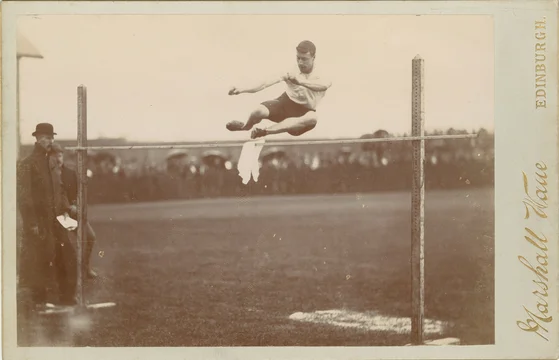Damages experts in patent infringement cases typically rely upon the Georgia-Pacific factors to guide their reasonable royalty analysis. Those factors are designed to predict the result of a hypothetical (and thus, fictional) negotiation between the parties, had the parties been willing participants in such a negotiation. But it is important to remember that the starting point for the application of the Georgia-Pacific factors must be tied to the facts of the case, like the factors themselves.
Late last week, and just a few days before the commencement of trial, Judge Andrews excluded a plaintiff's damages expert for his use of a 50/50 starting point for the hypothetical negotiation that was not sufficiently linked to the facts.
The issue came to Judge Andrews on a Report and Recommendation by Judge Fallon. Judge Andrews adopted the R&R in all respects except the proposed ruling on the damages expert issue, which he found to be "clearly erroneous or . . . contrary to law."
Plaintiff's expert based his damages figure on the cost savings defendant Comcast would have enjoyed while using the patented technology, due to "reduced service calls and truck rolls." The expert opined that Comcast would not have agreed to pay the entirety of the cost savings as a royalty. Instead, he concluded that "[i]t is reasonable to conclude that a 50/50 split of the cost savings would be a reasonable starting point for a negotiation of the sharing of the cost savings." He then applied the Georgia-Pacific factors to adjust that starting point, ultimately landing on a 40% royalty rate.
Comcast argued that the 50/50 starting point was a "rule of thumb" untethered to the facts of the case, an approach that has been rejected by the Federal Circuit because it violates the principles of Federal Rule of Evidence 702, including that "the expert has reliably applied the principles and methods to the facts of the case." Plaintiff argued that the 50/50 starting point was tied to the facts of the case because:
First, both parties would recognize that Comcast's use of the patents would result in cost savings "which would be pure profit to Comcast," making Comcast willing to share a high percentage of the cost savings with [plaintiff] NexStep. Second, Comcast "would need an incentive to use the technology and thus would likely agree to a license where it retained a meaningful percentage of the savings."
Judge Andrews noted that these facts "could be true of a negotiation of cost-savings technology (or anticipated profits) by any two parties, meaning that they are not particular to the facts of this case."
He explained that the Federal Circuit had rejected "rules of thumb" as a foundational basis for hypothetical negotiation in VirnetX Inc. v. Cisco Sys., Inc., 767 F.3d 1308 (Fed. Cir. 2014) and Uniloc USA Inc. v. Microsoft Corp., 632 F.3d 1292 (Fed. Cir. 2011):
It is true that Mr. Reading applies the Georgia Pacific factors to adjust the 50/50 starting point, but as the Uniloc court pointed out, "[b]eginning from a fundamentally flawed premise and adjusting it based on legitimate considerations specific to the facts of the case nevertheless results in a fundamentally flawed conclusion."
Following Judge Andrews' ruling, the defendant quickly moved to strike any new damages opinions by plaintiff's expert (plaintiff's motion is below). The first day of the jury trial was September 20, and Judge Andrews does not appear to have ruled on the motion to strike yet. Although damages experts are not required, the testimony of a damages expert certainly makes presentation of a damages case easier for a patentee.
If you enjoyed this post, consider subscribing to receive free e-mail updates about new posts.



